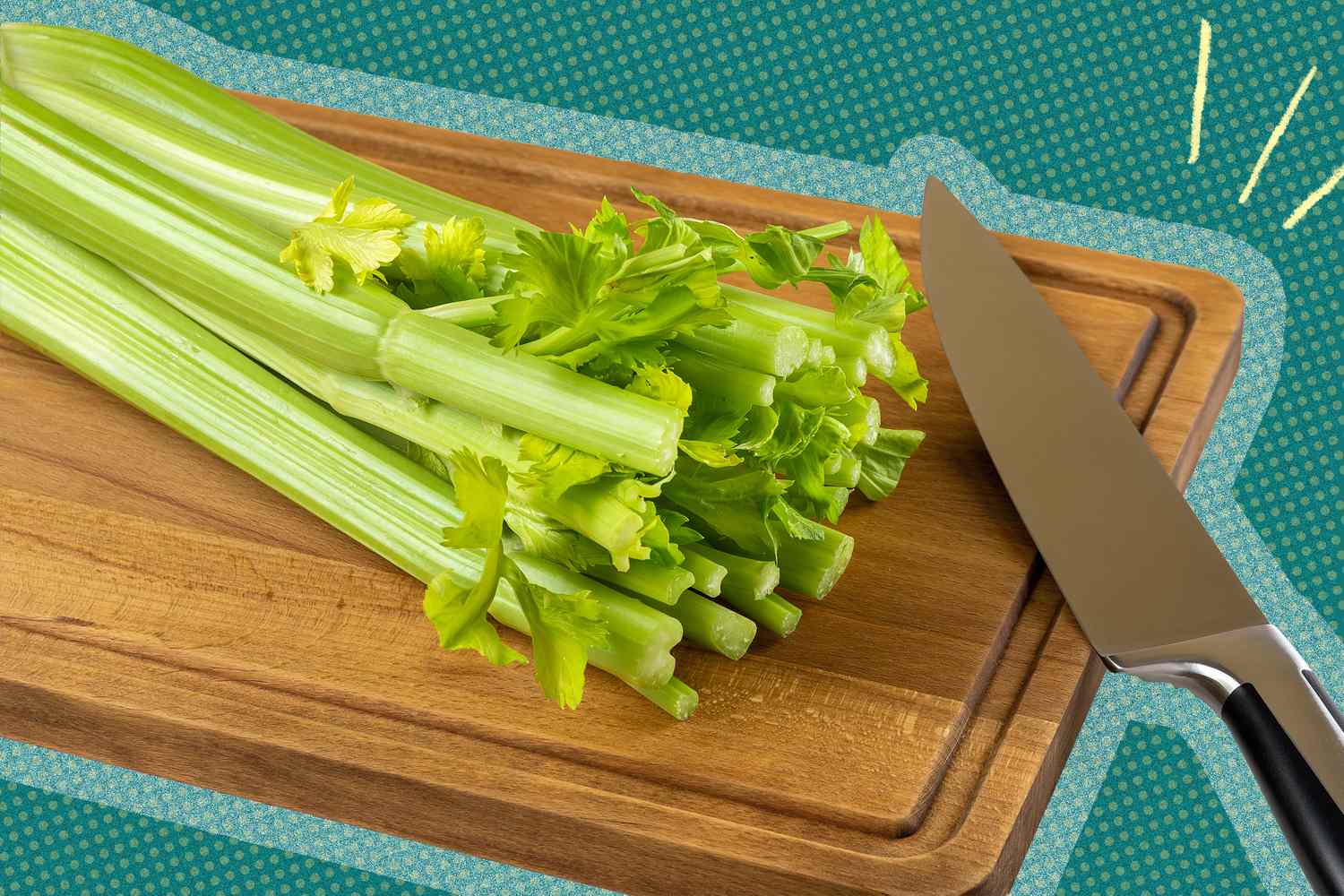There's something so seductive about a crunchy piece of celery. It has so much potential as a crunchy, satisfying snack, but I especially love it as a lively addition to a homemade chicken salad. This is why I hate opening the crisper drawer of my refrigerator and finding that my once-crispy stalks have become limp and soggy.
What makes celery rot faster
When I buy celery, I look for one that is pale green and crispy with the ribs tightly together. The leaves on the stems should look fresh and there should be no bruising or discoloration on the ribs.
Celery can go bad quickly when it dries out and there isn't enough moisture to keep this water-hungry vegetable crisp.
“When celery reaches the end of its shelf life, you will find that the firm, green celery stalks you purchased are now whitish in color, soft and pliable,” says registered dietitian nutritionist Melissa Perst, DCN, RDN, door -speech. for the Academy of Nutrition and Dietetics. “If it’s gooey or mushy, it’s well past its shelf life and should be thrown away.”
The best way to store celery
Proper storage is essential to keeping celery at its best. Don't store it with apples, avocados, pears or other items that release ethylene, a gas emitted by some fruits and vegetables that can accelerate the ripening of sensitive produce.
Never store celery in the plastic bag or packaging from the store, as this traps the ethylene gas it releases and accelerates the deterioration of the stalks. Instead, here's a quick tip I've learned that extends the life of my celery: wrap it in foil.
“Celery is best stored in a crisper drawer in the refrigerator where it can last for up to two weeks,” says Perst. “You'll want to remove the plastic packaging before storing and wrap it in a sheet of foil before placing it in the refrigerator.”
The foil helps the celery stalks retain moisture. If you have the time and want to put more effort into food preservation, there is also a more elaborate way to keep celery fresh that involves a little preparation.
“For best results, keep celery in the refrigerator longer by cutting it beforehand and placing it vertically in a small amount of water,” says Caroline Thomason, RD CDCES, a registered dietitian based in Northern Virginia. “The stems will absorb the added water and stay fresh longer.”
Is it safe to eat iffy celery?
As long as the celery isn't slimy, moldy, mushy, or discolored, you can still use it in soups, stews, and stir-fry recipes.
“In fact, using celery and other end-of-life vegetables as a base for vegetable stock or broth is a great way to reduce food waste,” says Perst. To help soggy celery perk up, she suggests washing it, cutting it into strips, then soaking it in a container of ice water for about 30 minutes.
You can also keep celery out of the compost pile by freezing it. Start by blanching it by putting it in a pot of boiling water for a few minutes, then immerse it in an ice bath for a few more minutes to stop the cooking. Dry the celery thoroughly by draining it, then patting it dry, says Perst.
Celery prepared this way can last a year or more in the freezer when stored in a freezer-safe bag or container. Because celery can get mushy when it thaws, I like to throw it frozen into a soup or stew while it cooks. It's missing that big crunch if you try to toss it in a salad. When you need the signature crunch of celery, choose it fresh.




